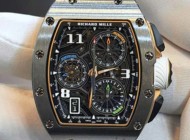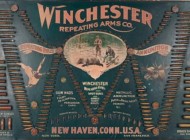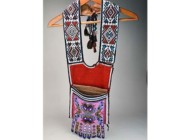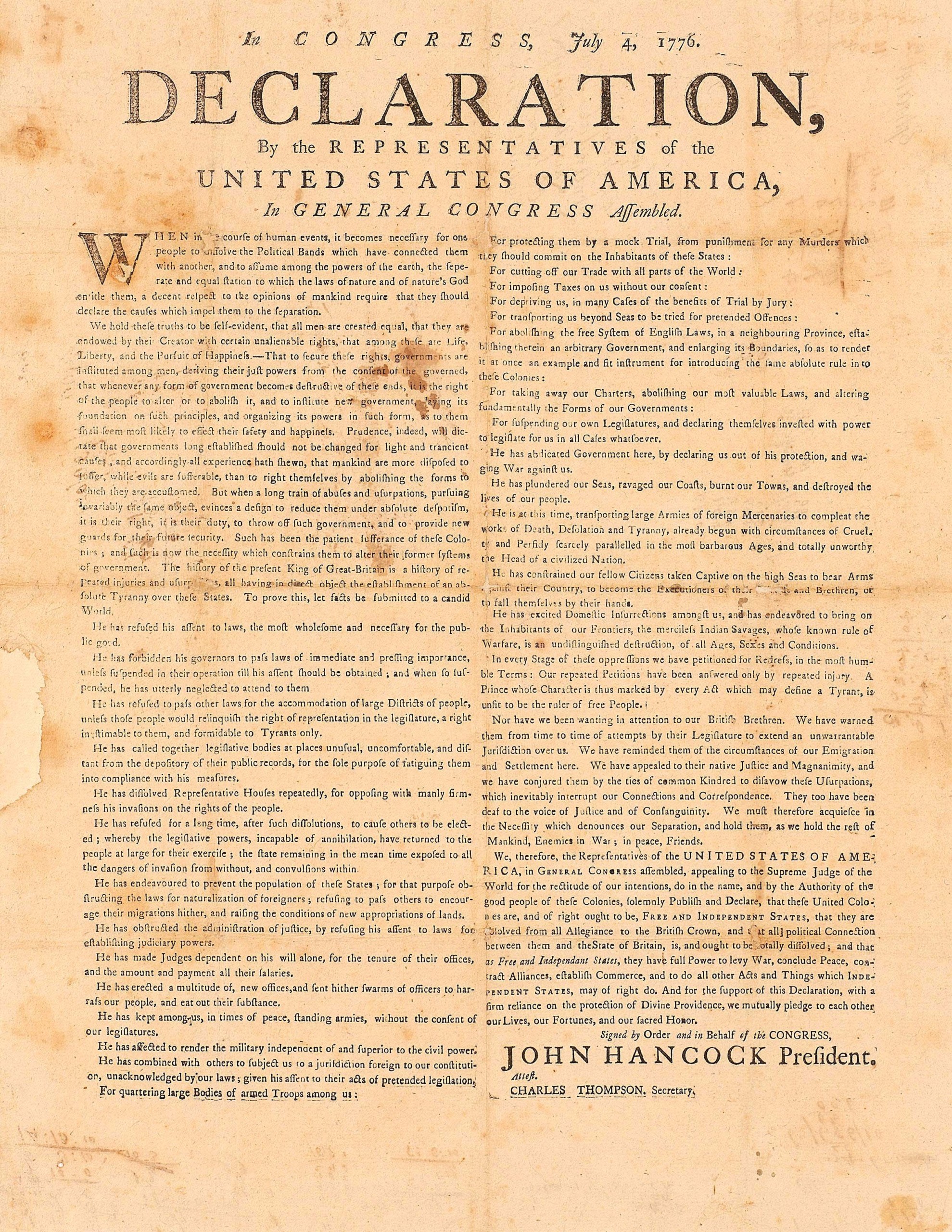
Robert Luist Fowle, printer of the New Hampshire Gazette or Exeter Morning Chronicle, has been attributed as the printer of this 1776 broadside copy of the Declaration of Independence. It achieved $2,400,000, the highest price achieved in the Visions of America series; the buyer was not disclosed.
Review by Madelia Hickman Ring
NEW YORK CITY — Sotheby’s conducted its second iteration of its “Visions of America” series January 24-25, with four sessions selling American fine art, the Exeter broadside of the Declaration of Independence, and two sessions of Americana, including furniture, folk art, silver, prints and Chinese export. Nearly 450 lots were presented across all sessions, with 338 gaveling down successfully and achieving a total of $15,038,700. Sotheby’s press office noted that 13 percent of the bidders in the sale were new to Sotheby’s; of the 314 buyers who were successful, 23 percent of those had not purchased from the house previously.
First up, on January 24, were nearly 100 lots of American paintings in a sale titled “Art of the Americas, Featuring the American West.” With 11 works passed, the sale achieved $8,698,260 and reached its apex at $2,077,500, for Martin Johnson Heade’s (1819-1904) “Hummingbirds and Gold and Purple Orchids.” It was followed at $780,000 by “Yosemite” by Albert Bierstadt (1830-1902).
Following the American art sale, the house offered — in a single lot sale — the July 1776 Exeter broadside of the Declaration of Independence. The Goodspeed-Sang-Streeter copy of Robert Luist Fowle’s Exeter broadside is one of just 13 contemporary broadsides ever issued of the Declaration. In their catalog essay, Sotheby’s specialists noted they were aware of a total of 10 copies; further underscoring its rarity was the observation that it was one of three copies to have appeared at auction in the last 100 years. Expectations and its estimate were commensurately high: $2/3 million and it sold within that, for $2,400,000.
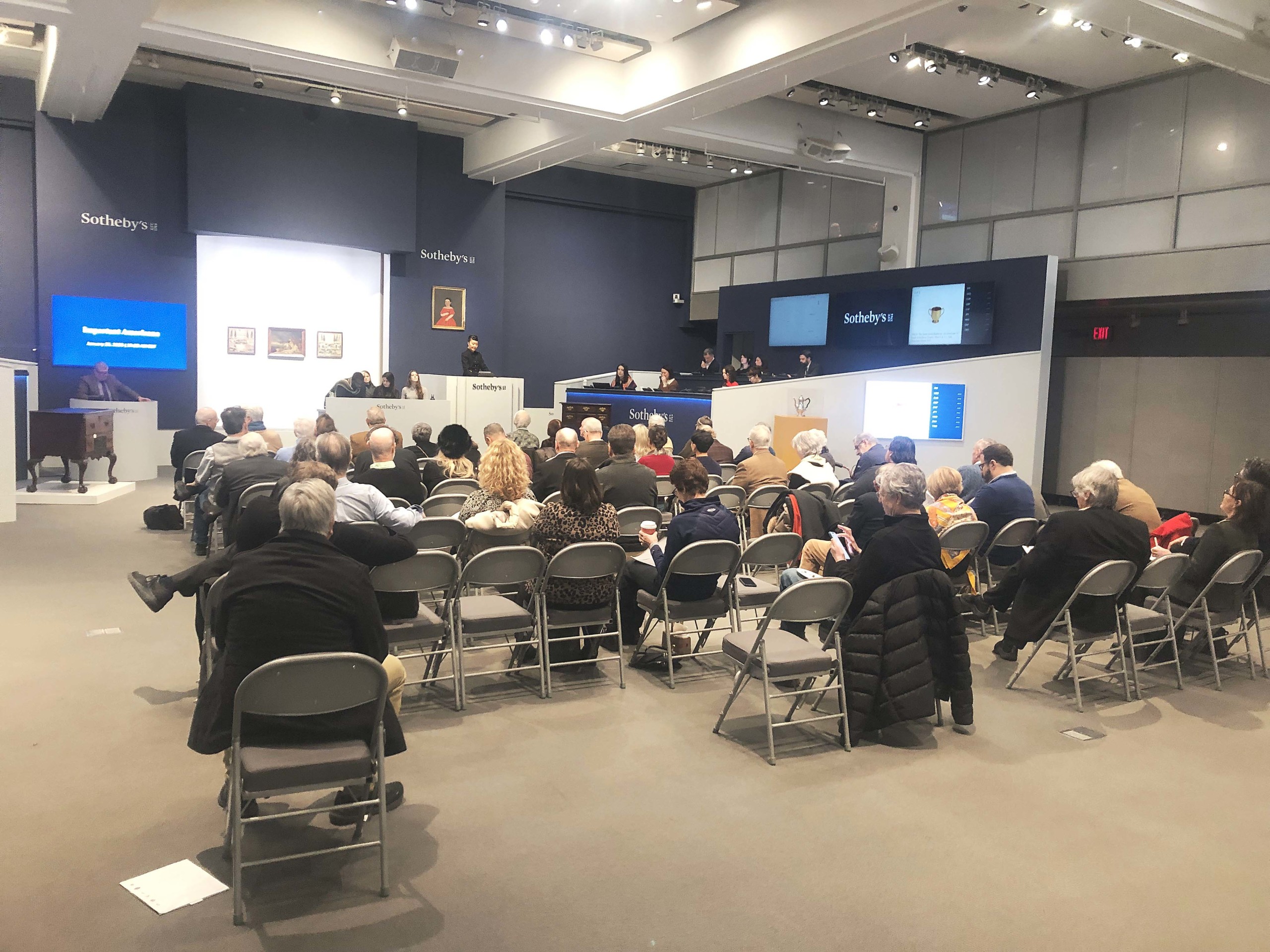
The saleroom was about half full just prior to bidding opening the Important Americana session on Saturday morning.
The American furniture and folk art department — including specialists Erik Gronning and Caroline Tamposi — was among departments closed amid a swath of layoffs announced in mid December. For what is widely feared to be the last dedicated sale of the category, Gronning and Tamposi pulled out all the stops, presenting about 350 lots that were anchored by the named collections of Leslie and Peter Warwick (Middletown, N.J.), Vance Peacock and Darren Bryenton (Savannah, Ga.) and decoys from the Guennol collection. One third of the lots were offered in a live sale the morning of January 25 with the rest following in an online-only format. The live sale tallied $4,517,280; the online-only sale garnered an additional $1,583,160.
It felt like the end of an era for the department that helped not only create a market for Americana but put it on the map, presiding over such notable landmark collections as those of Colonel Edgar and Bernice Chrysler Garbisch, Bertram and Nina Fletcher Little, Adolph Henry Meyer, Betty Ring, Irvin and Anita Schorsch, William K. DuPont and Ralph Esmerian.
Though his last official day in the office was less than a week after the sale closed, Gronning was upbeat when he spoke with Antiques and The Arts Weekly. “I feel very happy and think we had a very good sale overall. We had good diversity, great things got good competition and I think this sale gave a bump of confidence to the market.”
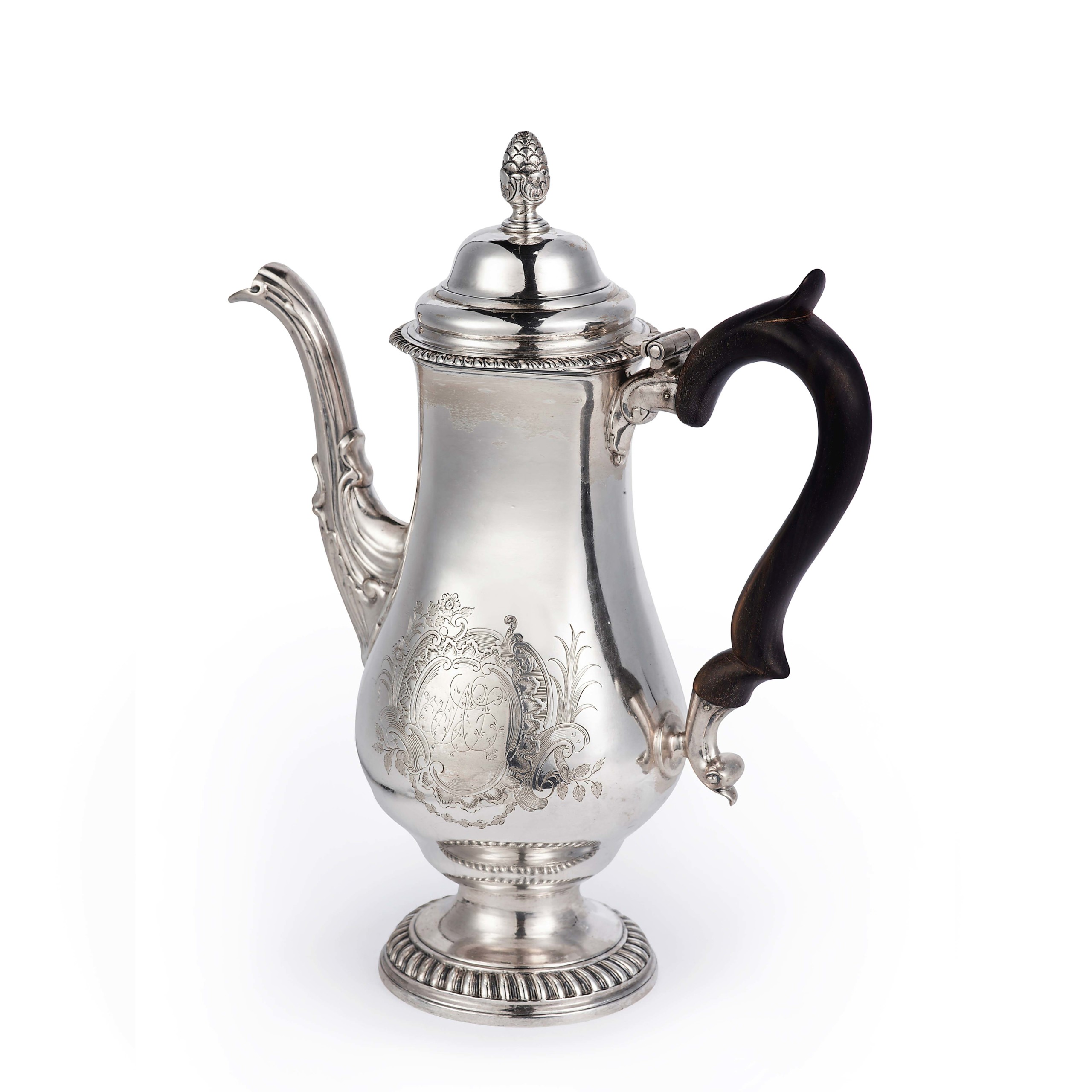
This 12¾-inch-tall silver coffee pot was made for Micajah and Sibyl Sawyer of Newburyport, Mass., by Boston silversmith, Paul Revere II. It led the silver section, topped off at $444,000 ($500/700,000).
About a dozen lots of American silver started off the session and saw three prices achieved high enough to rank in the sale’s top ten. Highest of the category was a coffee pot, made by Paul Revere II of Boston, 1770-1775, for Dr Micajah Sawyer (1737-1815), a physician in Newburyport, Mass. The pot had descended in the family until 1980 when it was sold at Sotheby’s. Making its second foray across Sotheby’s block, it brought $444,000 and sold to a phone bidder. A Martelé ewer and plateau, made by Gorham circa 1903 for the Saint Louis World’s Fair in 1904, topped off at $168,000 while a pair of London-made candlesticks given by patriot Benjamin Franklin (1706-1790) as a wedding present to Dr William Hewson and Polly Stevenson was snuffed out at $72,000.
It has been a while since a piece of American furniture has hit the million dollar mark but Gronning came close, selling for $900,000 a Queen Anne carved mahogany dressing table that was made circa 1750 in Philadelphia and attributed to the shop of Henry Clifton and Thomas Carteret, with carving attributed to Samuel Harding. It had descended in the Bush-Snader families of Wilmington, Del., and had been published in at least eight different venues. Gronning said it sold to a phone bidder and was underbid by Massachusetts clock and furniture dealer, Gary Sullivan.
“I’m very sorry not to have gotten the dressing table, it’s so spectacular, but I’m happy to have gotten other things for my clients,” he told us.
Sullivan may have been outbid on the dressing table, but he was the successful bidder of a Classical eagle carved games table, made in New York City, circa 1825, probably by Duncan Phyfe (1768-1854).
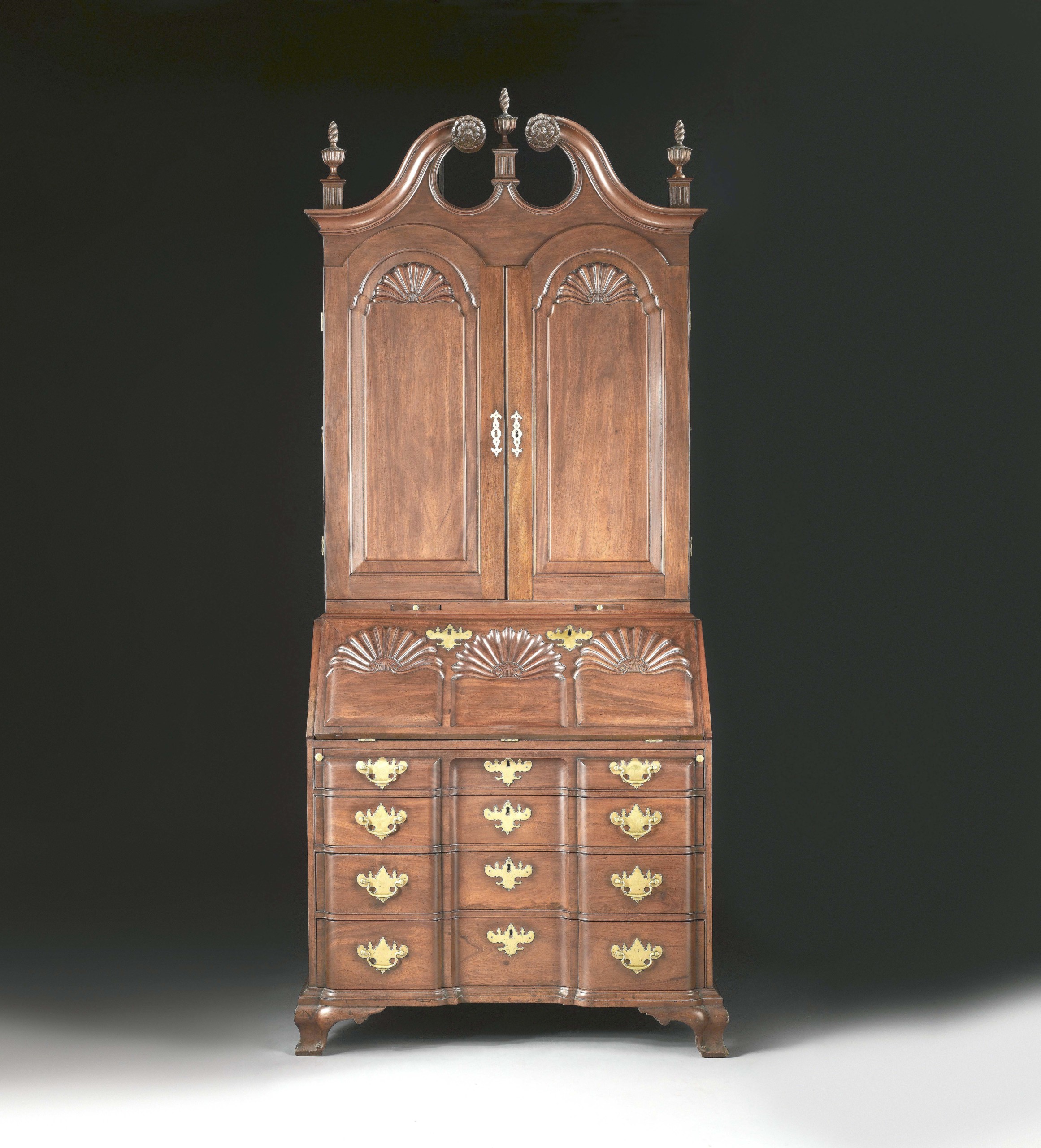
Securing the second-highest price of the Important Americana sale at $480,000 was the Corlis-Bowen family Chippendale desk and bookcase, made in Providence, R.I., circa 1770. An unidentified institution had the winning bid ($300/500,000).
An institution purchased for $480,000 the Corlis-Bowen family Chippendale block and shell carved bonnet-top secretary attributed to the Providence, R.I., shop of John Carlile, Sr. Described in the catalog as “a monumental example of block-and-shell craftsmanship,” the piece was well-documented and had been auctioned twice previously, in 1997 and 2010.
A Chippendale bombé slant-front desk that had descended in the Ranlett and Rust families of Marblehead, Mass., earned $126,000. The piece had been auctioned at Sotheby’s in 2010, when it sold for $698,500.
The folk art category reached its apex at $180,000, for a needlework sampler worked in 1804 by Lydia Stockton (1793-1863), in Burlington County, N.J. The 16¾-by-17-inch silk and chenille and watercolor on paper on linen composition centered a house flanked by arborvitae trees above a lawn populated with birds, animals and a girl on horseback. It came to auction from the Los Angeles collection of Katharine “Kitty Sue” Pease. Coincidentally, a nearly identical pictorial sampler, wrought the same year by Stockton’s cousin Ann Stockton, was also on offer, a highlight from the Warwick collection. Though the two had been separated, they were purchased by the same buyer, who paid $108,000 for the one from the Warwick collection. Achieving the second highest price for an object from the Warwick collection was a “Towering Ladies of Lebanon” sampler that had been worked by Rebecca and Eleanor Keiser at Mrs Hoff’s School in Lebanon, Penn., in 1830. Sharon and Jeffrey Lipton won it for $20,400.
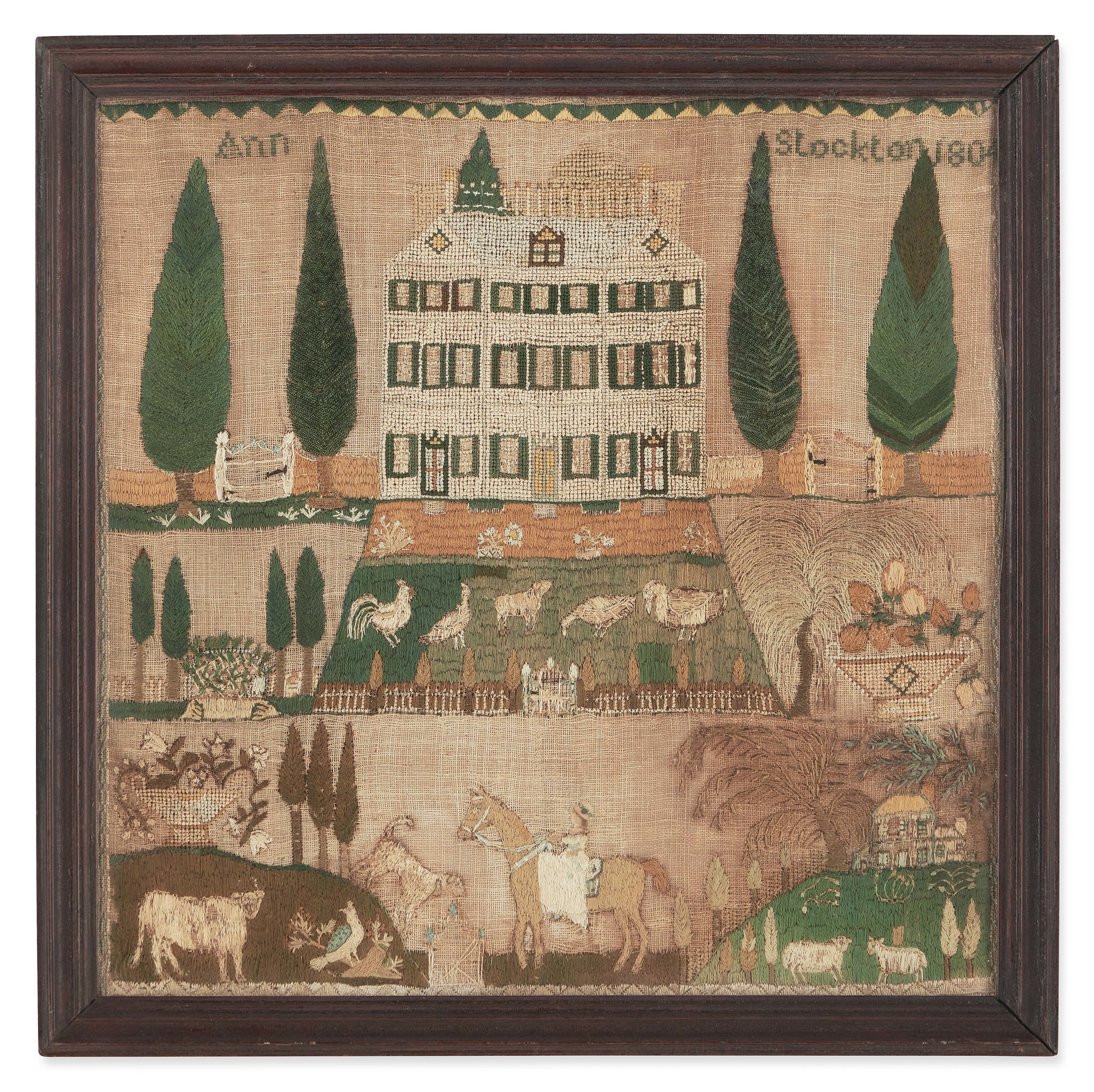
Ann Stockton’s 1804 silk, chenille threads and watercolor on paper on linen pictorial sampler, from Burlington County, N.J., sold for $108,000. Its mate was worked by her cousin, Lydia Stockton in the same year; both were purchased by the same buyer ($150/250,000).
The Warwick collection was notably strong in good early folk portraits — many of which had been included in the Warwick’s 2022 publication Love At First Sight: Discovering Stories About Folk Art & Antiques Collected by Two Generations & Three Families — and bidders responded appropriately. Benjamin Greenleaf’s (1769-1821) portrait of Mary Leavitt Pratt of Hingham, Mass., brought $57,600, ahead of Ruth Henshaw Bascom’s (1772-1848) portraits of Amelia Dwight Flint and Dr Joseph Henshaw Flint that finished at $24,000. A watercolor on paper portrait of Chathrin Ranyolds of Hagerstown, Md., that was dated 1818 and attributed to Jacob Maentel (1763-1863) exceeded expectations and realized $50,400.
Gronning did not say what would happen to lots that were passed, or if Sotheby’s would sell American furniture and decorative arts in future sales.
Prices quoted include the buyer’s premium as reported by the auction house. For information, www.sothebys.com.




















